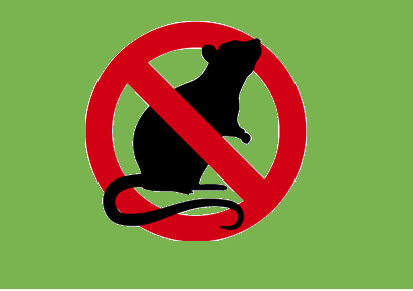Why Woodpeckers damage homes in the fall?
September 22, 2017Flying Squirrel
October 30, 2017 If you’re looking to remove rats on your own, you’ll probably come across a number of DIYers who swear by the power of mothballs. 
What are Mothballs?
Mothballs are a form of pesticide that goes from solid to vapor without liquefying. They give off gasses of one of two different toxins: Paradichlorobenzene or naphthalene. Both of these chemicals have been shown to be very poisonous to people; mothball gases have been responsible for killing some infants in Australia, leading to their ban in this nation. In the U.S, using mothballs for anything but an insecticide is off-label and illegal according to federal law.
What do Mothballs Do?
While many people believe that mothballs just smell bad, they work by creating a toxic vapor that kills insects. This vapor is not enough to kill rats unless they are trapped in an enclosed space with it over time. In people, however, it can lead to a number of serious conditions like anemia, brain damage, and jaundice.
Why Don’t Mothballs Work on Rats?
Rats are very smart; this is why they were developed into lab animals for psychological testing. This makes them difficult to bait and trap, as they are naturally shy of new things that are put in their environment. If the toxin causes problems, they’ll simply move to another area of your house, creating more damage along the way. It is important to note that the number of mothballs it takes to make a rat or mouse sick is the same amount needed to make people sick; if you are hurting the rats, you’re hurting your family as well.
Why they’re Dangerous
In many cases, the locations for mothballs may also be places where ventilation for the home can come. Basement heating systems may use air from the surrounding areas, which means that if you’ve got boxes of fume-causing mothballs nearby, you can be spreading them all over the house. The same is true if you’re redistributing heat from your attic throughout the home with fans. Young children and the elderly are most susceptible to these chemicals.
What to do if you Have Mothballs in the Home
If you are using mothballs now, all you need to do is dispose of them (place them in a sealed bag so they don’t create fumes inside your closed garbage can) and ventilate your home for a few hours to remove the gases. Place any fans you have on high to make it faster and open doors and windows in the vicinity, while closing off the rest of the house to the exposed areas. Once the gases are gone, they cannot hurt you anymore. They don’t leave a toxic residue.
What to Do Instead of Mothballs
If you suspect you have a rat problem, mothballs and other DIY solutions can make the rats shyer without actually eliminating them. Instead, call a qualified wildlife removal expert at the first sign of rat infestation; an expert will explain the extent of the infestation and give you a multi-step solution that is designed to remove the reasons the rats are around as well as the rats. After rat removal service they can then help you to clean up the mess and secure your home so that it is no longer accessible to these damaging rodents.

